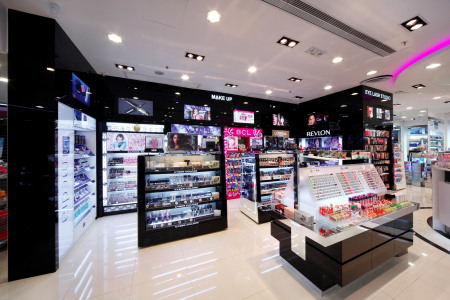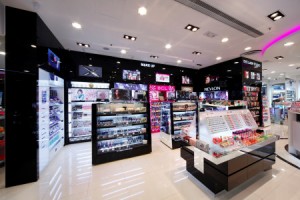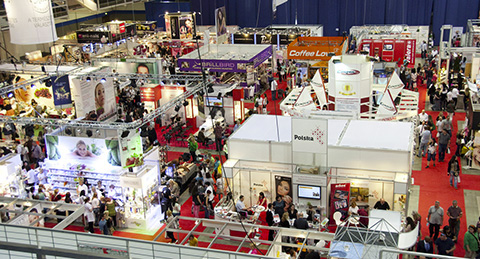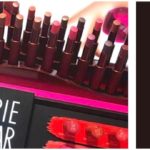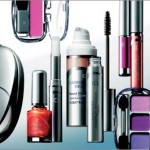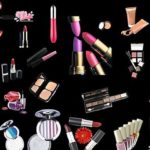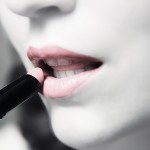Market research: Make-up market in China
Market research: Make-up market in China
The Chinese cosmetics market is the third largest in the world. Both foreign and domestic producers compete for customers, although international brands are currently dominating. They share approximately 80% of the market with an evident leader, L’Oreal, which enjoys between 9-11% shares of the whole industry’s revenue. However, it gradually becomes obvious, that trends are changing, making it more challenging for international brands to maintain its leadership, in particular in the make-up market in China. Both consumer habits and quality of domestically produced cosmetics are transforming, thus shifting leadership towards domestic cosmetics-makers. Due to increasing competition, cosmetics brand are currently using a greater variety of distributional channels than they did before, including recently emerged online shops and exhibitions.
Foreign brands are facing increasing competition in Make-up market in China
Following North America and Japan, Chinese cosmetics market currently grows 8% annually and brings about $23-26 billion yearly revenue. Although the market shows good potential, the annual growth rate has been gradually falling over the last years. It was peaking at 15% in 2011, but stabilizing at 8% in 2013. Business confidence of foreign producers has recently been shaken due to increasing power of domestic brands. The market leader, L’Oreal, has recently shut down its Garnier brand due to insufficient demand. Moreover, in 2012, L’Oreal announced $850 million acquisition with Magic Holdings International Limited, which was the largest company’s acquisition in the Chinese market. These evident signs of losing confidence by foreign brands suggest increasing the competitiveness of domestic producers in the make-up market in China.
Increasing rationality among Chinese consumers
“Love for brand” trend, prevailing among Chinese consumers in recent years, is gradually transforming to “price-quality balance”. Import tariffs on cosmetics are still high, being 10% for almost all make-up products. This makes foreign brands less attractive to customers, especially in second-tier and third-tier cities, where income level is not so high yet. Moreover, domestic producers seem to understand more about Chinese customers’ tastes. For example, a local brand, “Herborist”, introduced cosmetics based on natural herbs and medicines, which caused a great interest among Chinese consumers. As a result, a new generation of customers seems less willing to pay a higher price for foreign brands, while domestic brands provide similar quality at a lower price level.
New retail channels: a sign of increasing competition in China
Due to increasing competition and pressure on foreign brands, cosmetics-makers seek to use as many retail channels as possible. Apart from traditional ways of approaching customers such as wholesale markets, supermarkets, department stores, specialty chain stores, drugstores, beauty parlors and direct selling, cosmetics businesses take advantage of online shopping platforms and exhibitions, which recently emerged due to increasing sale volumes. According to recent market research in China, make-up online market accounted for 20.1% of total cosmetics sales in 2012. Moreover, cosmetics exhibitions have recently gained popularity as one of the means of approaching potential customers. Shanghai International Beauty, Hairdressing&Cosmetic Products Expo and Beijing International Beauty and Cosmetic Products Autumn Expo are being held in 2014 as well as many other beauty exhibitions in China.
Make-up market in China offers good opportunities and challenges for foreign companies. Enjoying 80% of market share, they are facing increasing competition from the side of domestic producers. As a result, more acquisitions are being currently completed by foreign brands, who seek to take advantage of domestic cosmetics-makers, who seem to have better knowledge of Chinese customers’ tastes. Furthermore, Chinese customers are more and more interested in products that do not endanger their health, especially bio-cosmetics.
See also: Market research China


